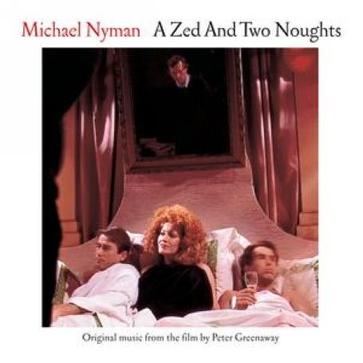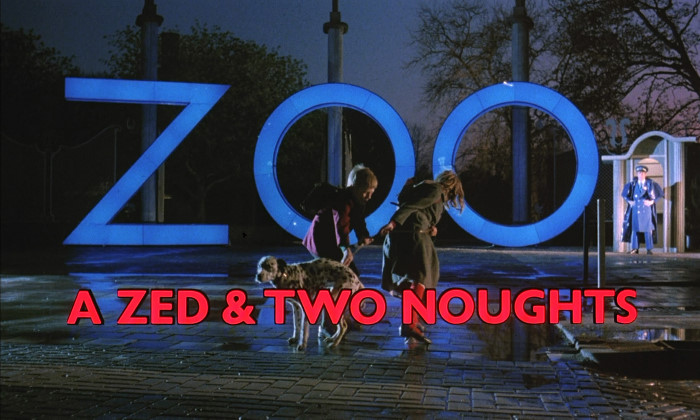

But their interest is not so much the creation of life, but the evolution of death-the speeds at which animals decay, and the basic stew of carbon and dust they return to. Traumatized by a freak car accident (involving a Ford Mercury and a swan) that has claimed the lives of both of their wives, brothers and fellow zoologists Oswald and Oliver Deuce set about grieving by undertaking a thorough investigation of nature’s evolutionary process. In Greenaway’s film, characters apply to animals all of their most violent and arbitrary taxonomies in an effort to gain this knowledge, this distance.

The more we know, the further away we are. What we know about them is an index of our power, and thus an index of what separates us from them. They are objects of our ever-extending knowledge. The fact that they can observe us has lost all significance. In zoos, as John Berger notes in his rather dour essay “Why Look at Animals?”Īnimals are always the observed.

The first zoos were imperial trophy chests, displays of the zoological spoils of a country’s or a ruler’s conquests and usurpations throughout the world, and even today’s zoos maintain that sense of dominance, albeit for a more ostensibly scientific purpose. Zoos are, after all, places in which man’s desire for mastery over the natural world is staged in a process of collection, preservation, and observation. Extending the organizational neurosis of his prior work to the animal kingdom, the titular zoo serves as the setting for a typically violent and perverse struggle to catalog and comprehend nature itself. With typically exacting detail and symmetry, Greenaway combines these twin obsessions even in the film’s title, which is itself a wordgame of alphanumeric substitution (or what is now known as a “leet,” a term which derives from the word “elite”). Zoological taxonomies and alphabetical structures are recurrent preoccupations in Peter Greenaway’s work, but it is in A Zed & Two Noughts that they find their first full, obsessive expression.


 0 kommentar(er)
0 kommentar(er)
